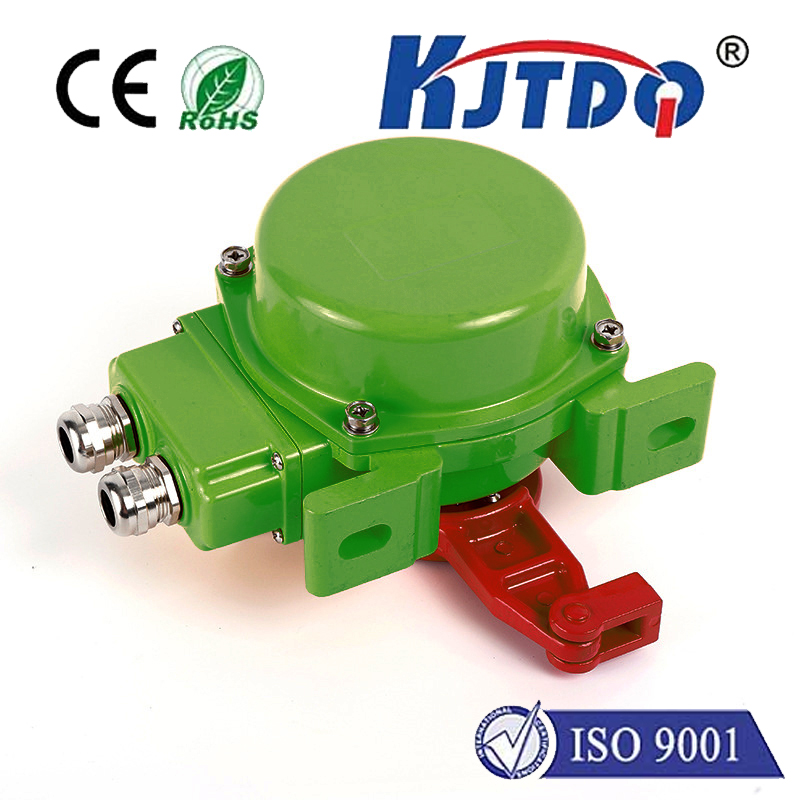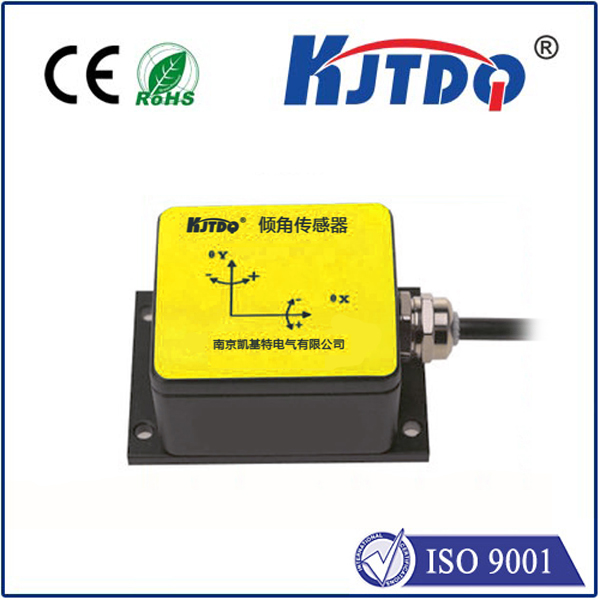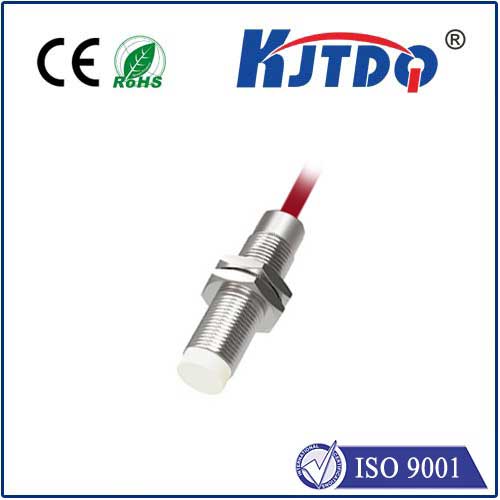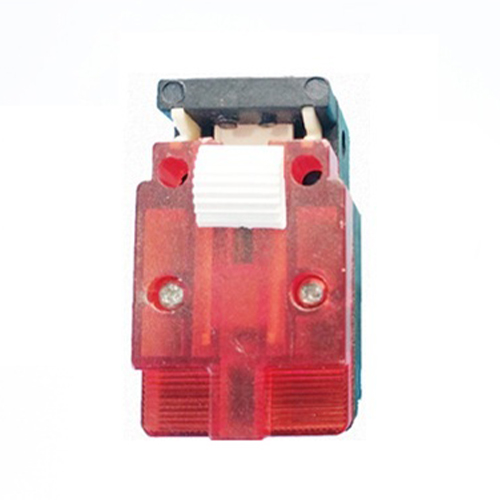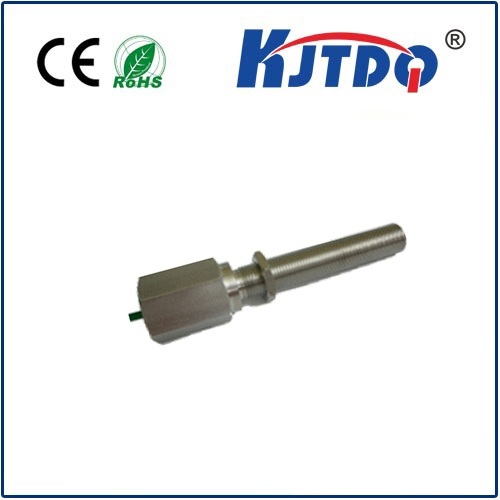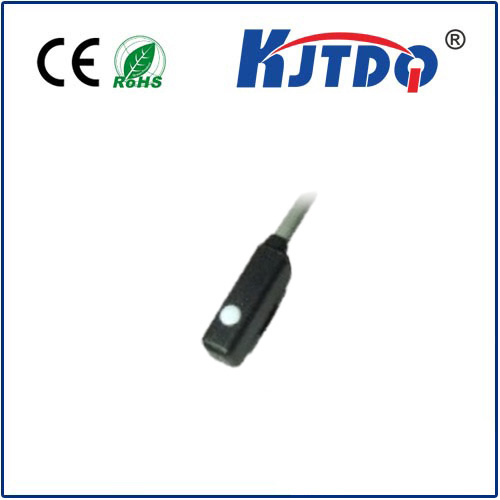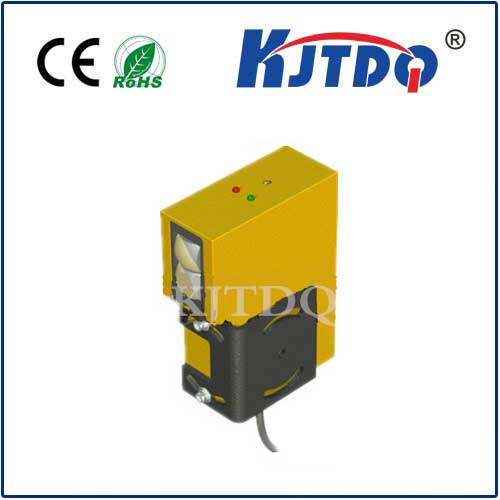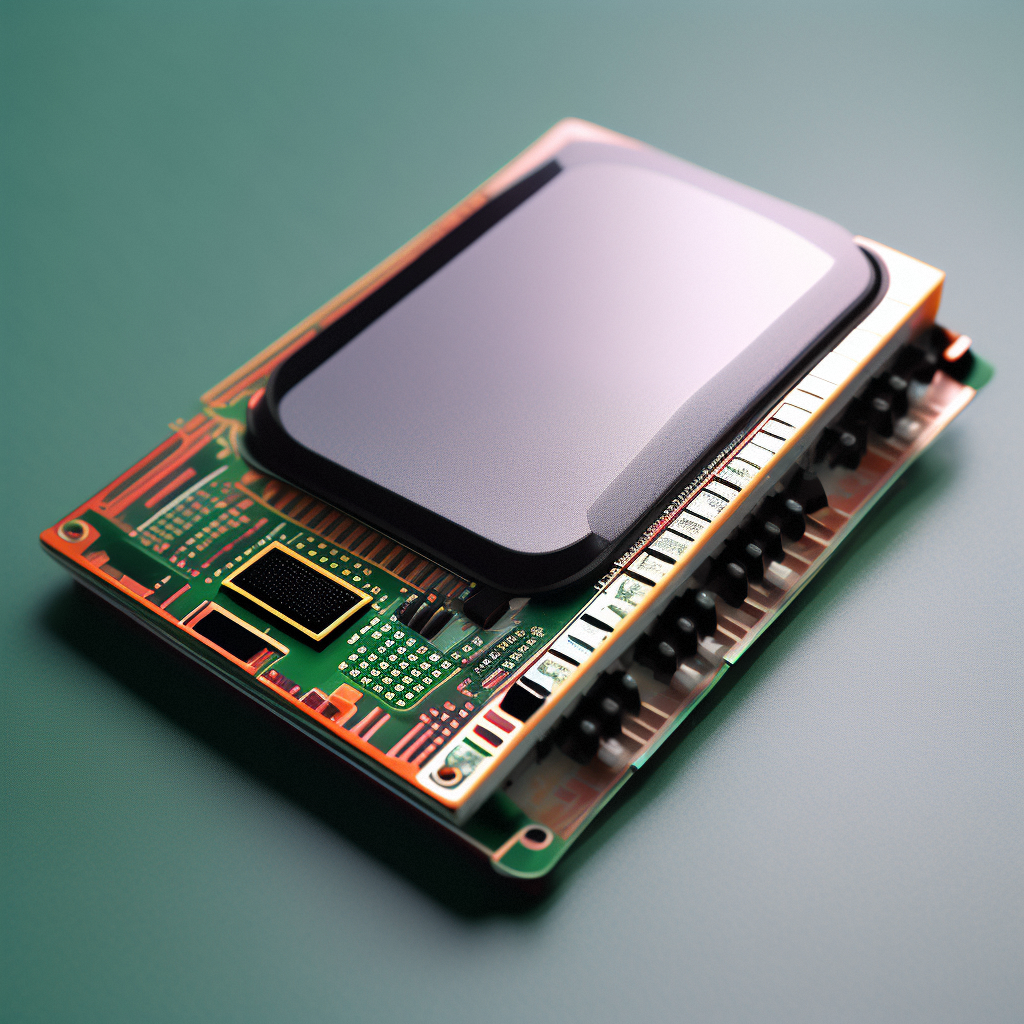pt500 sensor
- time:2025-08-21 03:47:45
- Нажмите:0
Precision Temperature Sensing: Unlocking the Power of PT500 Sensors
Imagine meticulously crafting a life-saving vaccine, synthesizing a revolutionary material, or ensuring the structural integrity of a critical jet engine component. In these scenarios and countless others, temperature control isn’t just important – it’s paramount. Tiny fluctuations can spell the difference between success and catastrophic failure. This relentless pursuit of accuracy is where specialized instruments like the PT500 sensor shine, offering a unique solution in the world of industrial and scientific temperature measurement.
Demystifying the PT500: The High-Resistance Thermometer
At its core, a PT500 sensor is a type of Resistance Temperature Detector (RTD). RTDs work on a simple, reliable principle: the electrical resistance of certain pure metals changes predictably as temperature changes. Platinum is the metal of choice for high-precision RTDs due to its excellent stability, repeatability, and resistance to corrosion. The “500” in PT500 specifically denotes its nominal resistance at 0°C: 500 ohms.
This differentiates it significantly from the far more common PT100 sensor (100 ohms at 0°C). While both leverage platinum’s predictable properties, the PT500’s higher base resistance is its defining feature and the source of its specialized advantages. It adheres to international standards like IEC 60751 or DIN EN 60751, guaranteeing consistent performance characteristics globally.

PT500 vs. PT100: When Higher Resistance Delivers Higher Accuracy
So, why choose a PT500 over the ubiquitous PT100? The answer lies in overcoming specific measurement challenges related to signal integrity:
- Mitigating Lead Wire Resistance Effects: In any RTD circuit, the resistance of the copper wires connecting the sensor to the measurement instrument contributes to the total measured resistance. For a PT100, a small lead wire resistance represents a larger percentage of the total signal compared to a PT500. Imagine 1 ohm of lead resistance: for a PT100 at 0°C, this introduces a 1% error (100 ohms to 101 ohms), equivalent to roughly 2.6°C. For a PT500 at 0°C, that same 1 ohm only introduces a 0.2% error (500 ohms to 501 ohms), equivalent to roughly 0.5°C. This inherent reduction in lead wire error is the PT500’s primary superpower.
- Enhanced Signal-to-Noise Ratio in Noisy Environments: The PT500’s higher baseline resistance translates to a larger change in resistance per degree Celsius compared to a PT100 (given the same physical size sensor, although PT500s might be slightly larger). This larger absolute resistance change creates a stronger signal relative to electrical noise that might be present in long cable runs or electrically noisy industrial environments like near motors or drives. This improved signal-to-noise ratio contributes to more stable and reliable readings.
Where PT500 Sensors Truly Excel: Key Applications
The strengths of the PT500 design make it ideally suited for demanding situations where other sensors might falter:
- Long-Distance Sensor-to-Controller Runs: Industries like large-scale chemical processing plants, remote environmental monitoring stations, or sprawling manufacturing facilities often require temperature probes located far from the control room. The PT500 sensor dramatically minimizes the accuracy degradation caused by long connecting cables, ensuring the reading faithfully represents the actual process temperature.
- High-Precision Laboratory and Calibration Environments: Laboratories performing critical R&D, calibration of other instruments, or pharmaceutical production demand the utmost accuracy. The PT500’s reduced susceptibility to lead wire effects allows for superior measurement precision, even when using standard copper cables over moderate distances within a lab setup.
- Industrial Automation with Distributed I/O: Modern automation systems often use distributed I/O modules located near machinery. Connecting PT500 sensors to these modules, which might then communicate digitally to a central PLC over a network backbone, leverages the sensor’s tolerance for lead wire resistance variations.
- HVAC Chiller Plants and Energy Management: Accurate temperature measurement is vital for optimizing the efficiency of large heating and cooling systems. PT500 sensors ensure reliable readings on chilled water supply/return lines or refrigerant temperatures, even when measurement points are distant from control panels.
- Specialized OEM Equipment: Manufacturers of complex machinery requiring precise temperature feedback over cable harnesses integrated within the equipment often find PT500s the most robust solution.
Selecting and Implementing PT500 Sensors Effectively
To harness the full potential of a PT500, consider these factors during selection and installation:
- Instrument Compatibility: Mandatory! Confirm your temperature transmitter, PLC analog input card, or controller is explicitly configured to accept and properly interpret the signal from a PT500. Using equipment calibrated for PT100 will produce drastically incorrect readings.
- Wiring Configuration: PT500 RTDs are available in 2-wire, 3-wire, and 4-wire configurations. While the PT500 inherently reduces lead wire errors:
- 2-wire: Most economical but still includes all lead resistance in the measurement. Use only for very short distances or where ultimate accuracy is less critical.
- 3-wire: Utilizes a compensating lead to subtract out most of the lead wire resistance effect. The most common and practical choice for PT500 deployments, offering a good balance of cost and accuracy for moderate distances.
- 4-wire (True Kelvin): Actively compensates for all lead wire resistance, providing the highest possible accuracy regardless of distance or wire gauge. Ideal for laboratory standards or critical measurements where no compromise is acceptable.
- Calibration and Maintenance: Like all precision instruments, periodic calibration against a traceable standard is crucial to maintain long-term accuracy and reliability. Protect sensor heads within appropriate thermowells for process applications.
Conclusion: The Strategic Choice for Demanding Accuracy
The PT500 sensor is not a universal replacement for the PT100, which remains the workhorse for countless applications due to its excellent balance and widespread support. Instead, the PT500 is a strategic specialist. When your application involves extended cable lengths, electrically noisy environments, or demands the absolute minimization of wiring-induced error without resorting to constant checks or complex compensation routines, the PT500 offers a compelling, elegant solution. Its higher baseline resistance directly translates to enhanced measurement integrity under challenging conditions, making it an indispensable tool for engineers and technicians committed to achieving the highest levels of temperature control precision where it matters most.

